Discover Japan’s Hidden Gems: Places You’ll Want to Visit
Japan is a country of breathtaking beauty, offering a mix of traditional charm and modern wonders. From serene temples to bustling cities and natural landscapes that change with the seasons, Japan is a destination that promises unforgettable experiences. Whether you’re a nature lover, a history buff, or a fan of urban exploration, Japan has something to offer. Here are seven of the most beautiful places in Japan that you’ll regret not visiting, each with its unique allure and cultural significance.
1Hiroshima
0 votes
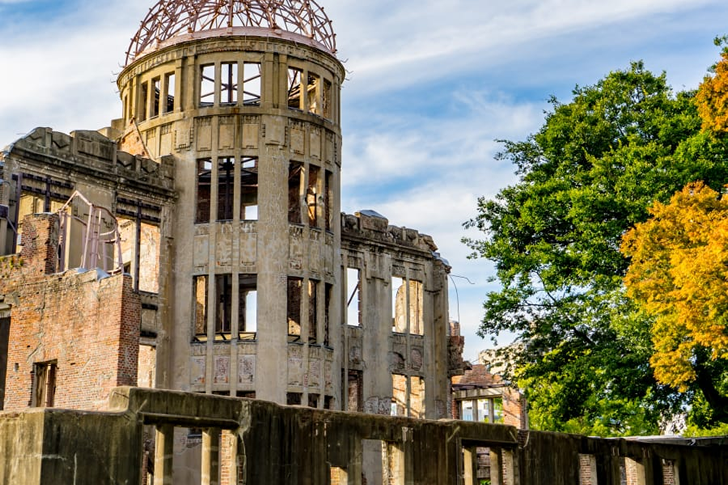

Hiroshima, a city with a profound history, is known worldwide for its Peace Memorial Park and Museum, which commemorate the tragic events of 1945. Beyond its historical significance, Hiroshima has transformed into a vibrant, modern city. The nearby Itsukushima Shrine on Miyajima Island, with its famous floating torii gate, is one of Japan’s most iconic sights. The city’s resilient spirit and dedication to peace and reconstruction are evident in its bustling streets and friendly locals. Hiroshima’s mix of poignant history, scenic beauty, and cultural richness make it a destination that leaves a lasting impression.
0
Do you agree? 0% of people agree with your point of view!
2Tokyo
0 votes

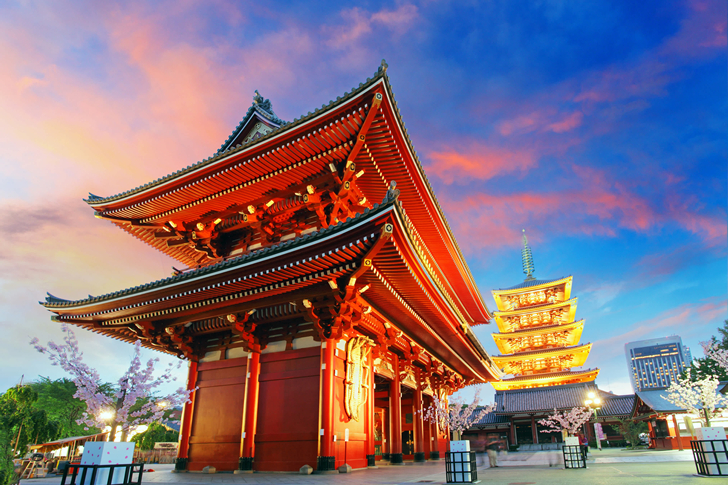
Tokyo, the bustling capital city of Japan, is a mesmerizing blend of ultramodern skyscrapers and historic temples. The city is a hub of technology, fashion, and cuisine, offering endless attractions for every type of traveler. Key highlights include the historic Senso-ji Temple in Asakusa, the luxurious shopping district of Ginza, and the quirky, vibrant streets of Harajuku. Tokyo is also famous for its culinary scene, from world-class sushi restaurants to street food vendors in Tsukiji Market. The city’s efficient public transportation system makes it easy to explore all its wonders. Tokyo’s energy and diversity ensure an unforgettable experience for every visitor.
0
Do you agree? 0% of people agree with your point of view!
3Nara
0 votes

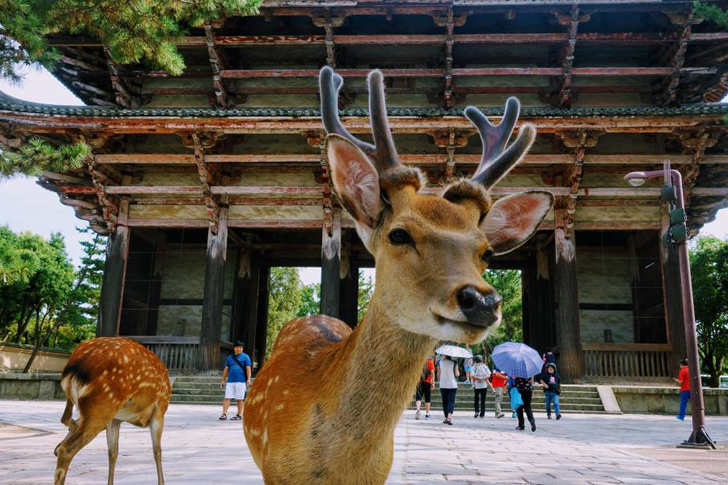
Nara, once the capital of Japan, is a city that offers a deep dive into the country’s ancient history. It is home to some of Japan’s oldest and largest temples, including Todai-ji, which houses the Great Buddha statue. Nara Park, where friendly deer roam freely, is a popular attraction, symbolizing the city’s harmony with nature. The park is also home to Kasuga Taisha, a shrine famous for its lantern-lit pathways. Nara’s historical treasures and tranquil atmosphere provide a peaceful retreat from the hustle and bustle of modern life. The city’s preservation of its cultural heritage makes it a must-visit for those interested in Japan’s history and traditions.
0
Do you agree? 0% of people agree with your point of view!
4Mount Fuji
0 votes

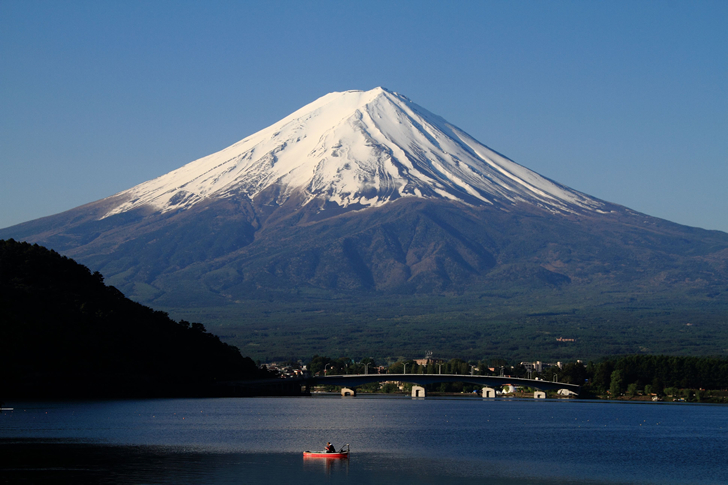
Mount Fuji, Japan’s highest peak, is an iconic symbol of the country. This majestic volcano is a popular destination for both climbers and sightseers. During the climbing season in summer, thousands of hikers ascend to its summit to witness the sunrise, an experience known as “Goraiko.” Even if you don’t climb, the views of Mount Fuji from various vantage points, such as the Fuji Five Lakes and the Chureito Pagoda, are breathtaking. The mountain is also surrounded by beautiful landscapes that offer a plethora of outdoor activities, including hiking, boating, and hot springs. Mount Fuji’s symmetrical beauty and cultural significance as a sacred site have inspired artists and poets for centuries.
0
Do you agree? 0% of people agree with your point of view!
5Hokkaido
0 votes

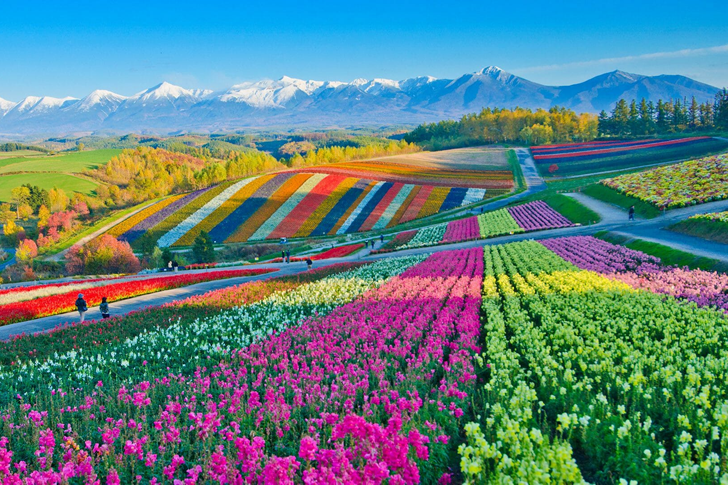
Hokkaido, the northernmost island of Japan, is renowned for its stunning natural landscapes, especially its winter scenes. The island is famous for its powdery snow, making it a top destination for skiing and snowboarding enthusiasts. Beyond winter sports, Hokkaido offers beautiful flower fields in Furano during summer, and hot springs in Noboribetsu. The island’s capital, Sapporo, is known for its annual snow festival, which features impressive ice sculptures and attracts visitors from around the world. Hokkaido’s unspoiled nature, hot springs, and delicious seafood make it a paradise for nature lovers and adventure seekers.
0
Do you agree? 0% of people agree with your point of view!
6Okinawa
0 votes

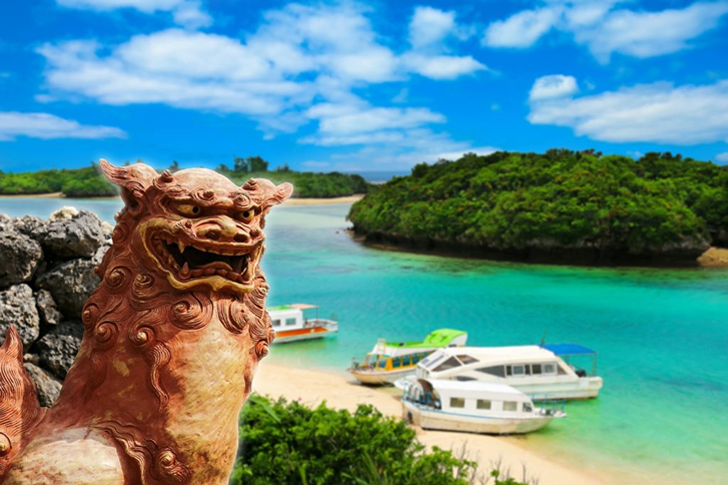
Okinawa, a tropical paradise located in the southernmost part of Japan, is known for its beautiful beaches, clear blue waters, and unique culture. The Okinawa archipelago consists of many islands, each offering its own attractions. Naha, the capital, is home to Shurijo Castle, a UNESCO World Heritage site. Okinawa’s coral reefs make it a prime destination for snorkeling and diving, with abundant marine life to explore. The island’s distinct Ryukyu culture, influenced by its history as an independent kingdom, adds a unique flavor to its cuisine, music, and festivals. Okinawa’s laid-back atmosphere and natural beauty make it an ideal destination for relaxation and exploration.
0
Do you agree? 0% of people agree with your point of view!
7Kyoto
0 votes
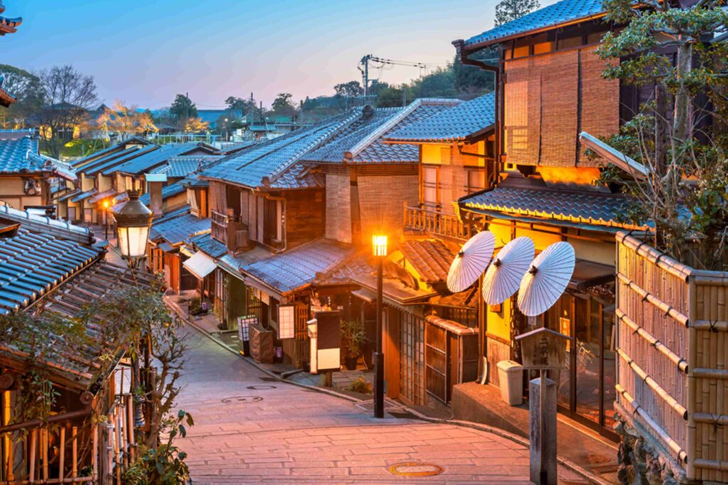

Kyoto, the ancient capital of Japan, is a city that perfectly encapsulates the country’s rich cultural heritage. Known for its stunning temples, traditional wooden houses, and beautiful gardens, Kyoto offers a glimpse into Japan’s past. Key attractions include the Kinkaku-ji (Golden Pavilion), a Zen Buddhist temple covered in gold leaf, and Fushimi Inari Taisha, famous for its thousands of red torii gates. Kyoto is also renowned for its geisha district, Gion, where you can experience traditional tea houses and performances. Each season brings its own beauty, from the cherry blossoms in spring to the vibrant autumn foliage. Kyoto’s timeless charm and historical significance make it a must-visit destination.
0
Do you agree? 0% of people agree with your point of view!







Recent Comments